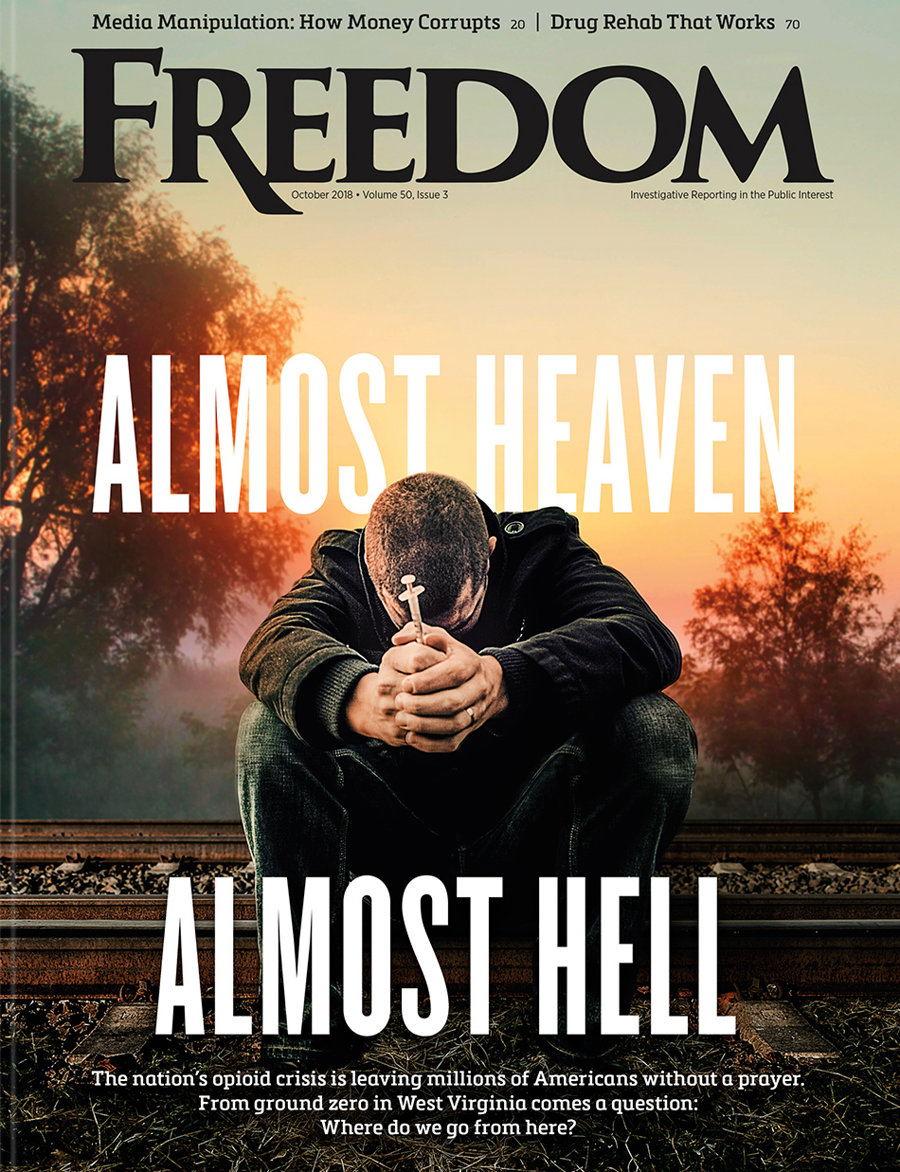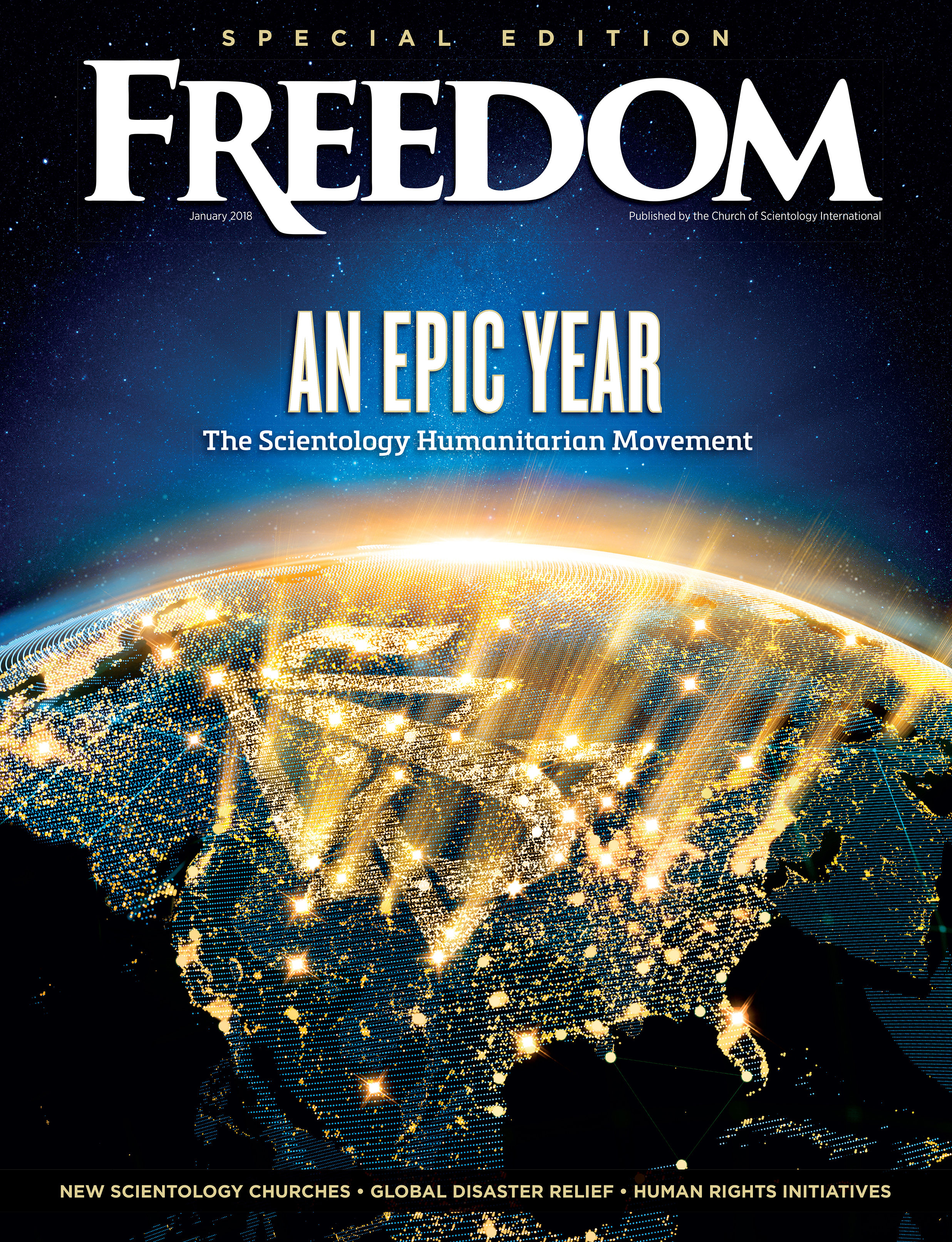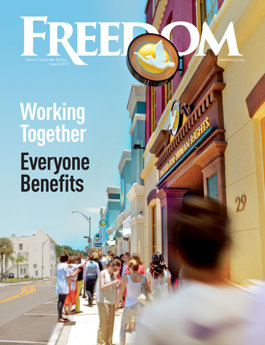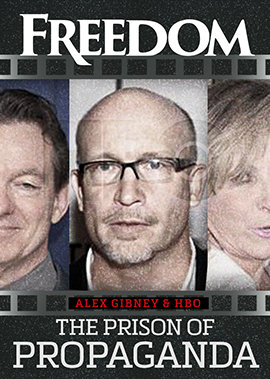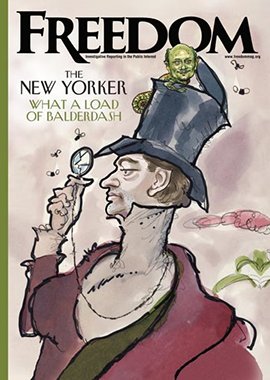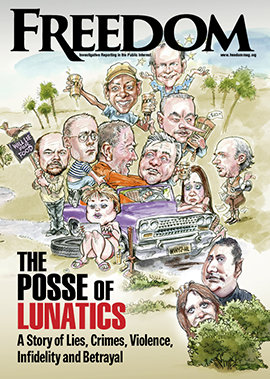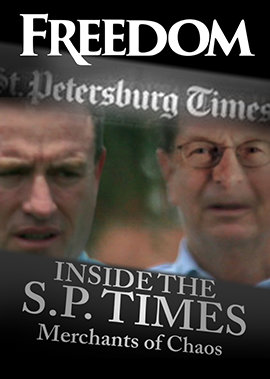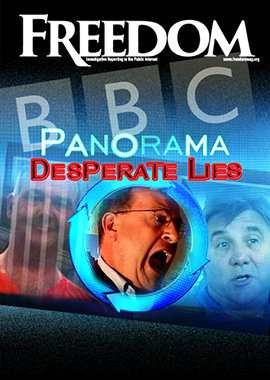Over the past several years, the American cannabis industry has grown into a multibillion-dollar enterprise, reshaping everything from tax revenues to social norms. States like New York have embraced the trend with gusto. Since legalizing recreational cannabis in 2021, New York has surged to the forefront of the national green wave, glittering with greenbacks: Legal cannabis sales topped $840 million in 2024, with projections soaring past $1.5 billion for 2025.
Beneath this meteoric rise lies a troubling truth: The ubiquity of cannabis has brought with it a tangle of health crises, especially among young people, and a stark disconnect between public perception of the drug and scientific reality.
“Watching him vomit every morning before going to school was awful.”
According to a sweeping study published May 22, 2024, in the peer-reviewed journal Addiction, nearly 18 million Americans now consume cannabis almost daily—outpacing the number of near-daily alcohol users by roughly 20 percent. The findings, drawn from 43 years of data across 27 national surveys, sparked intense discussion among public health experts and policymakers alike.
“It is striking that high-frequency cannabis use is now more commonly reported than is high-frequency drinking,” observed Jonathan Caulkins, a drug policy expert at Carnegie Mellon University and the study’s lead author. “These trends mirror changes in [drug] policy, with declines during periods of greater restriction and growth during periods of policy liberalization.”
While overall alcohol use still surpasses cannabis, frequent drinking has declined slightly over the past 15 years, according to the study. By contrast, near-daily cannabis use has skyrocketed—rising 15-fold since 1992, when marijuana use hit a historic low prior to a cascade of state-level legalizations.

As of early 2025, 39 US states and three territories had legalized medical cannabis, and 24 of those had gone further, permitting adult recreational use. Only two holdout states—Kansas and Idaho—still prohibit cannabis entirely. In states where cannabis is legal for recreational purposes, usage rates are consistently highest, according to data from the National Survey on Drug Use and Health.
The cannabis Americans consume today is a far cry from the mellow weed of Woodstock lore. Instead, it’s marijuana marked by what might be called the three P’s: potency, psychosis and a parade of policy failures.
According to the National Institute on Drug Abuse, the average concentration of THC—the chemical responsible for marijuana’s psychoactive effects—is now four times higher than it was 30 years ago. Producers, operating in largely deregulated markets, routinely distill THC into waxes, oils, edibles and glass-like products called shatter—some clocking in at over 95 percent THC.
These hyper-potent products are widely accessible, especially in states like New York, where recreational cannabis is legal for adults 21 and over—never mind that the federal government treats marijuana on par with heroin and LSD, ranking it higher on the list of dangerous substances than meth, fentanyl and oxycodone.
The “21” age restriction doesn’t always shield young people. A New York Times exposé in 2022, chillingly titled “Psychosis, Addiction, Chronic Vomiting,” revealed an increase in cannabis-related health emergencies among teenagers, including a condition known as cannabinoid hyperemesis syndrome, which causes relentless vomiting.
“Marijuana is not as dangerous as a drug like fentanyl,” the Times noted wryly, “but it can have potentially harmful effects.”
Indeed, the drug’s expanding fallout has become harder to ignore. In 2023 alone, New York logged over 135,000 cannabis-related ER visits—a 131 percent spike since 2019. Nationwide, the Journal of the American College of Cardiology recently reported, marijuana users under 50 are six times more likely to suffer heart attacks than nonusers. They are also 4.3 times more likely to suffer ischemic strokes.
“Young people can get pot anytime, anywhere in New York City.”
Many have aptly framed the cannabis industry’s explosive rise as a calculated market conquest that began with a medical ruse: “They needed to get their infrastructure, supply chains, marketing and retail strategies into place,” explained Mike Larsen, former president of Los Angeles’ Eagle Rock Neighborhood Council, in an interview with Freedom. “Medical marijuana was just the on-ramp.”
Back in the early 2010s, Larsen recalls, some 30 dispensaries had cropped up in his residential neighborhood alone. “The people who were supposed to be regulating this stuff were completely hands-off. They said this was for cancer patients, and yet it was being sold out of dingy storefronts by gang members.”
That laissez-faire approach, Larsen argues, opened the floodgates to the hyper-commercialized retail market we see today.
Canada, which legalized cannabis nationwide in 2018, offers a sobering view of what might lie ahead. Health Europa, a publication that specializes in European health policy issues, reports that cannabis-related ER visits and hospitalizations during pregnancy nearly doubled in post-legalization Canada—from 11 to 20 per 100,000 pregnancies—mostly among women under 35. THC’s ability to cross the placenta, the periodical explains, raises red flags about its impact on fetal brain development and child behavior.
Perhaps the most powerful indictment comes not from a study or a statistic, but from a mother’s raw regret: In comments responding to a New York Times article, a New York City mother reflected on the anguish of watching her teenage son withdraw from high-potency marijuana. “I smoked pot in college,” she wrote, “and I had never opposed legalization. I thought it was no big deal.”
“I was very wrong,” she continued. “Watching him vomit every morning before going to school was awful.… Withdrawing was the hardest thing he ever did and the hardest thing I’ve ever witnessed. Rage. Sweating. Deep, terrifying depression.”
She delivered a chilling warning: “Young people can get pot anytime, anywhere in New York City.… The pot is immensely stronger than what I used to smoke.”
So what’s the answer? While some advocate for tighter regulation or a federal crackdown, many believe the solution begins with education—especially for youth.
One such initiative is the Truth About Drugs, a program made available free of charge worldwide and offering a full range of educational materials, including a series of 15 illustrated booklets along with audiovisual tools, sponsored by the Church of Scientology. Covering substances from marijuana to meth, the materials aim to arm people with factual, accessible information to help them make informed choices.
The program emphasizes that true freedom lies not in intoxication, but in clarity and control. In a landscape clouded by marketing myths and political inertia, such clarity may be precisely what’s needed.






